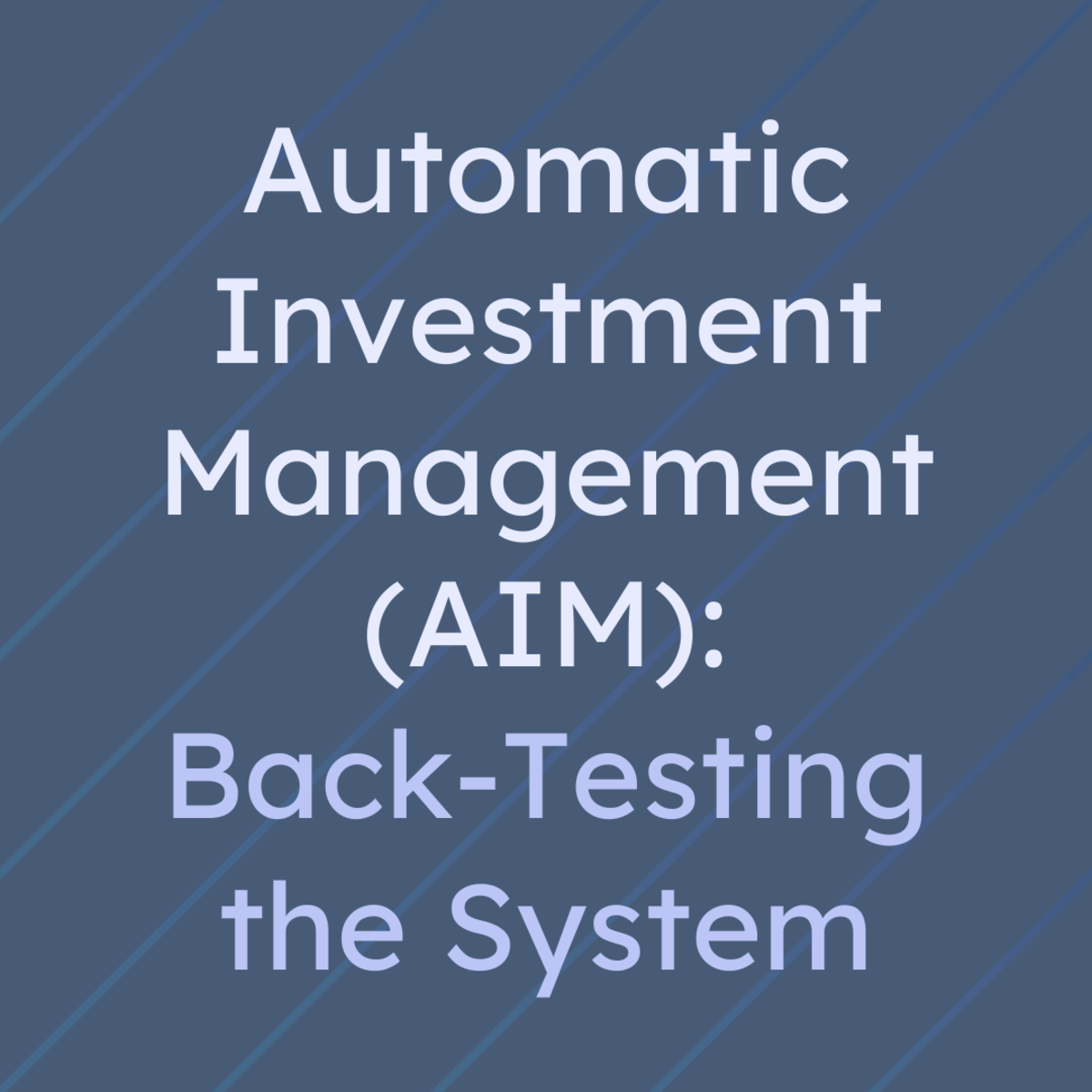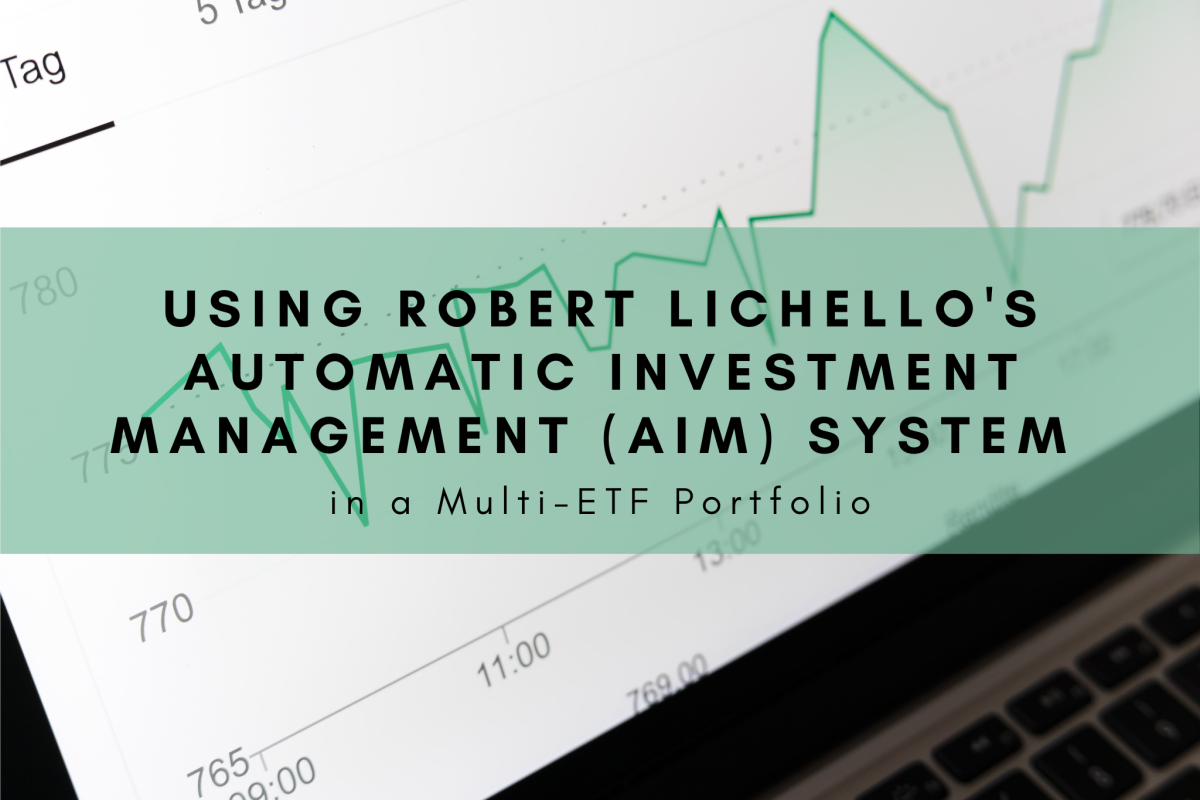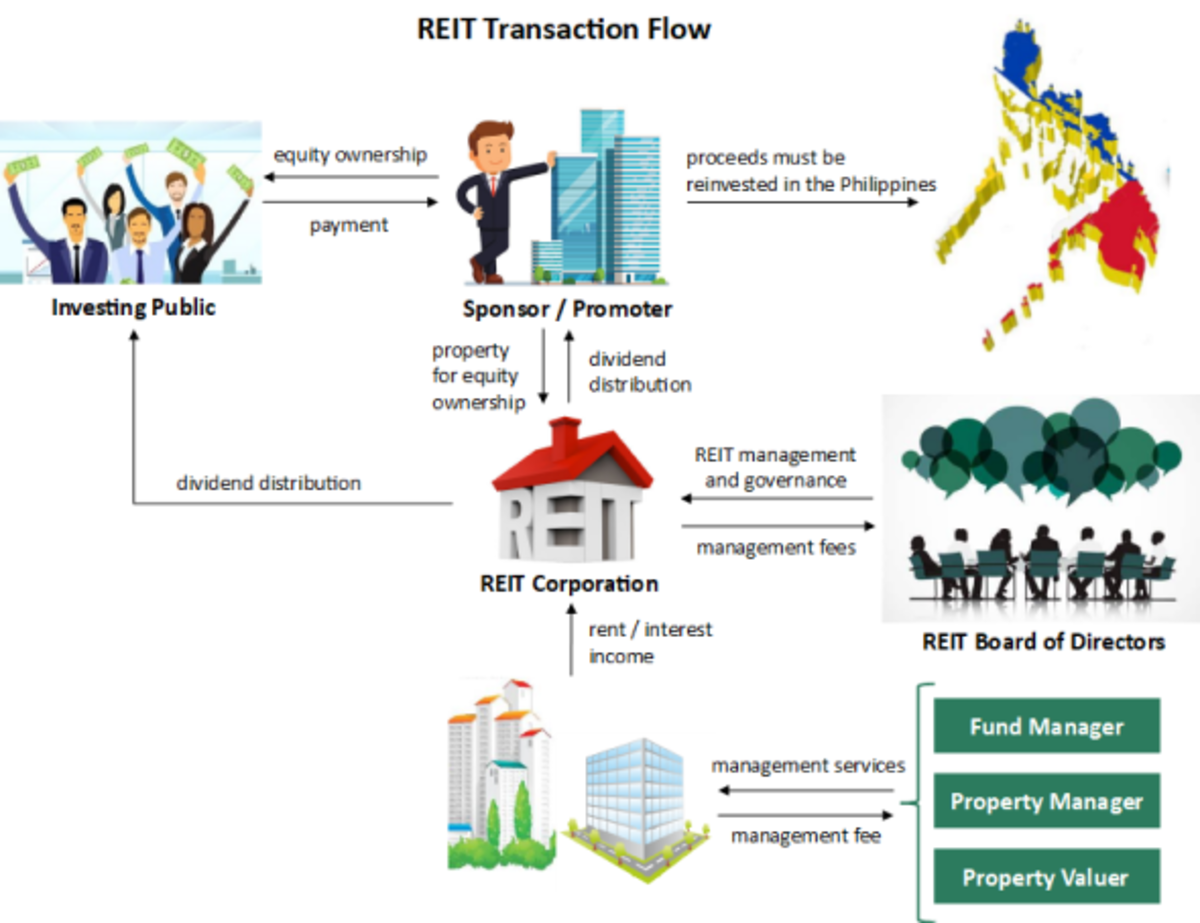Mutual Fund India Facts - Four Rules for a Profitable Investment Portfolio

What are the few things in mutual fund portfolio that one should look for while investing or tracking their investment?
Funds release full portfolio disclosures on a half-yearly basis. Most funds give synopsis details on a monthly basis. You can check a few things:
- Stock classification - Large caps versus small caps, etc.
- Debt classification - there are ratings like AAA, etc. for debt, which is revealed in the portfolio disclosure.
- Illiquid stocks - a definition usually is something that is not traded for over 30 days or something like that.
- Cash ratio - how much of your money has been invested and how much is in cash. Big cash ratio for very long period is a bad thing. It is a VERY bad thing in a debt fund.
- Dividends: Look at yields.
- Bad debt: Some companies go bust or bankrupt and funds may have bought their debt. (For instance like in Enron) this is obviously bad, and may take years to recover and even that may not be a full recovery.
- Interest rates: Bond issues and Gilt trading can get complicated in a changing interest rate scenario. So Gilt funds, debt funds and floaters will see portfolio net worth changes when interest rates change.

How are mutual funds classified, i.e., what makes a debt fund different from an equity fund or an index fund?
It is all about the objectives of the fund, defined in the offer document. An equity fund invests primarily in equities (primary objective), and it may have a debt exposure limited to a certain percentage (secondary objective). Index funds invest in stocks in the same proportion as a specific index. Debt funds invest primarily in debt. Balanced funds have a pre-specified limited balance of equity and debt.
Is there a protocol that classifies mutual funds?
It's just the objectives of the fund really. This is defined in the offer document. You can also check page 86, 87, 88 in the NCFM study material for Securities Market (Basic) Module published by NSE below:
http://www.nseindia.com/content/ncfm/ncfm_modules.htm#003
Rules of Investment - How to build an investment portfolio when you are young?
Four Rules for a Profitable Investment Portfolio
- Keep on investing in fixed deposits of 10k every month/quarter for 5 years. Now, at the end of five years, all your fixed deposits will start maturing and the pains you took for the past 5 years will come back as extra risk free income to help you meet the new expenses or to start fresh investments.
- Every month, analyze the IPOs (initial public offerings) and invest in the best for that particular month. Apply for the amount you want and get the allotment. Sell on the listing day. Most of the best IPOs offer bumper returns from 30% to 150%. (Tip - Must Apply for Edelweiss IPO if you expect to get 80% return on the listing day).
- Invest through mutual funds only in thematic, sectoral, midcaps, and diversified funds but never invest in large cap fund because if you will invest directly through your demat account for large cap and other bluechip stocks, you will hold the whole Reliance pack, ICICI bank, GMR Infra, L&T, Sesa Goa, etc.
- Earn some interest on your money in the bank by paying through credit cards. But never forget to pay the full amount by the due date. Keep two cards only, max three with statement dates in the 1st and 15th of a month.











